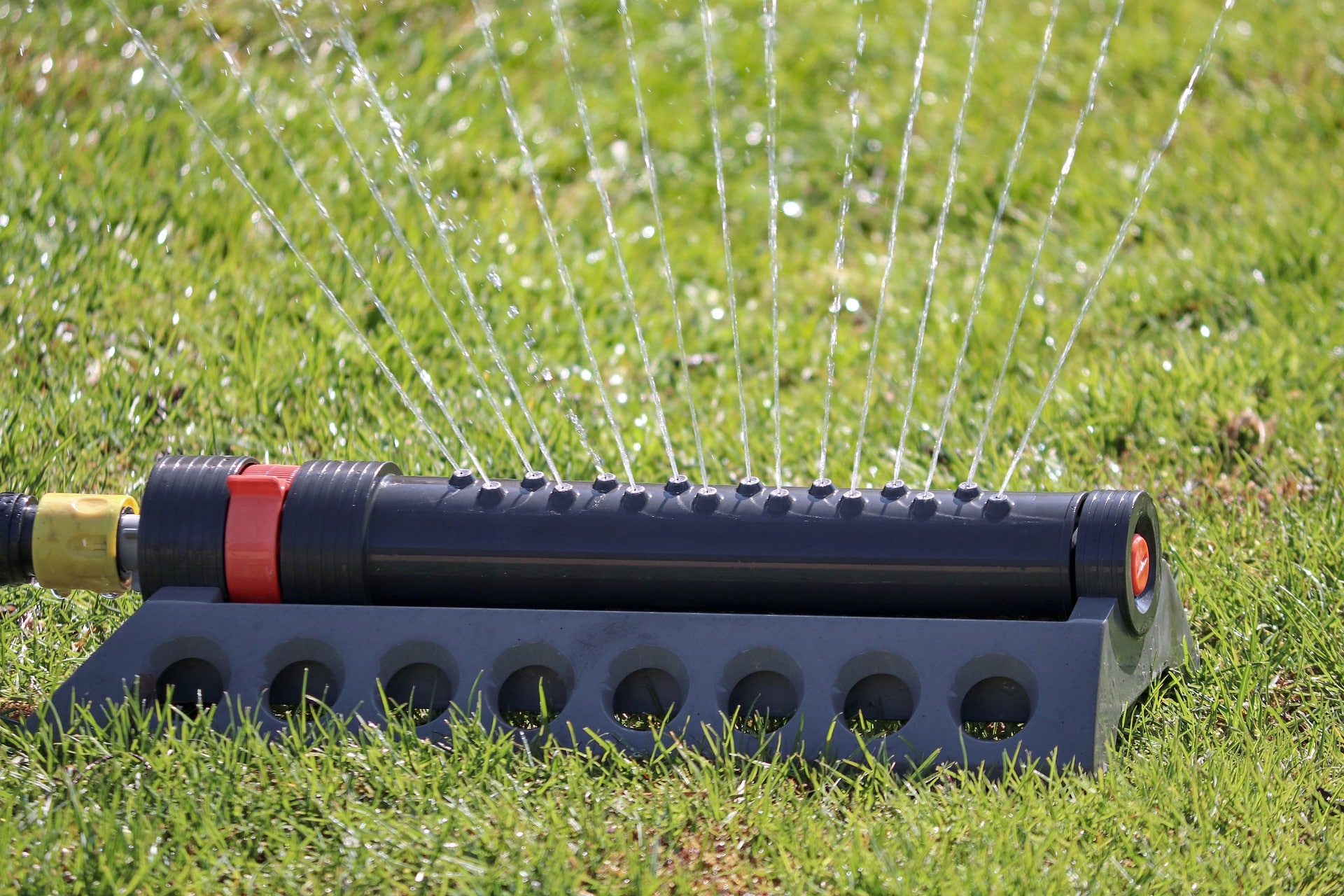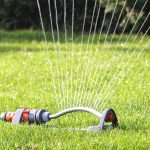Deciding when to water your grass can be quite tricky. You don’t want your grass to dry out in hot weather, and die.
Likewise, you don’t want to give your lawn too much water, or this could cause your grass to drown, depending on the species.
Here’s what you need to consider when deciding when to water your grass.
When to water grass
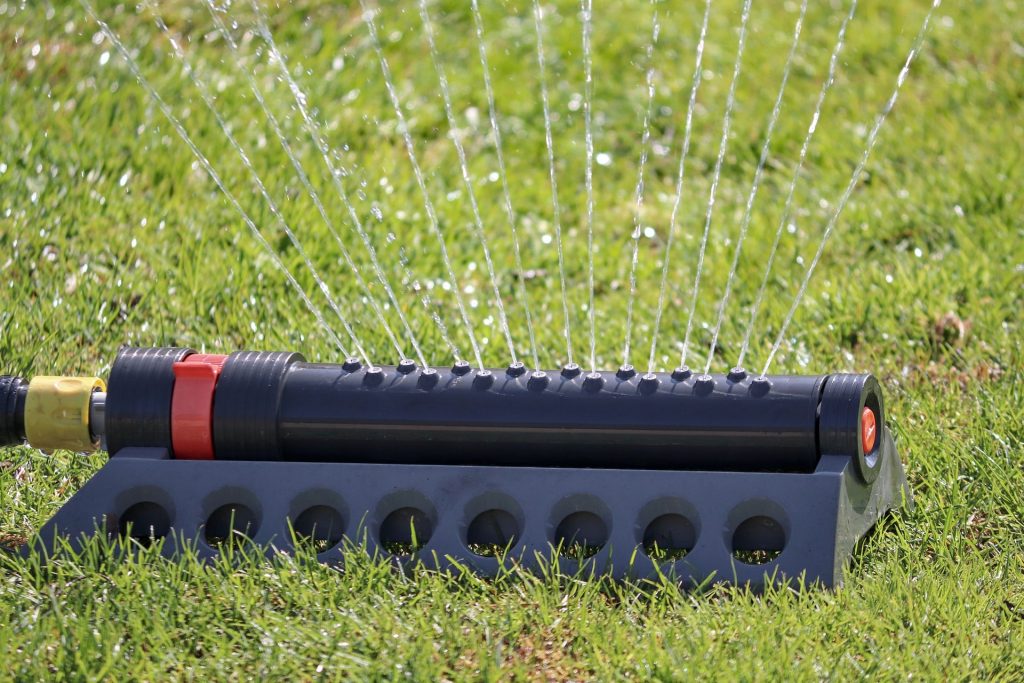
In general, the best time to water your grass is in the morning, at around 9-10am. This gives the water more time to soak into the soil and reach the grass roots, which is where it’s really needed, without evaporating.
Watering your lawn in the morning also means that your grass has more moisture when it needs it most, during the warmer times of the day. However, you don’t want to water in the early morning, as the ground might be too cold.
However, this rule isn’t hard and fast. If you need to water your grass in winter, you might not want to water the lawn when the ground is extremely cold, as can happen in the morning.
If the topsoil is frozen, water could get trapped or just below the surface, and begin to freeze, if the soil is too cold.
We discuss watering your lawn in winter a bit below. But if you’re going through a winter dry spell, and you want to water your lawn, it might be best to wait until the soil is at its warmest, at about 2-3pm. However, don’t leave it too late – lawns need time to dry before the sun sets.
When to water grass in different weather conditions
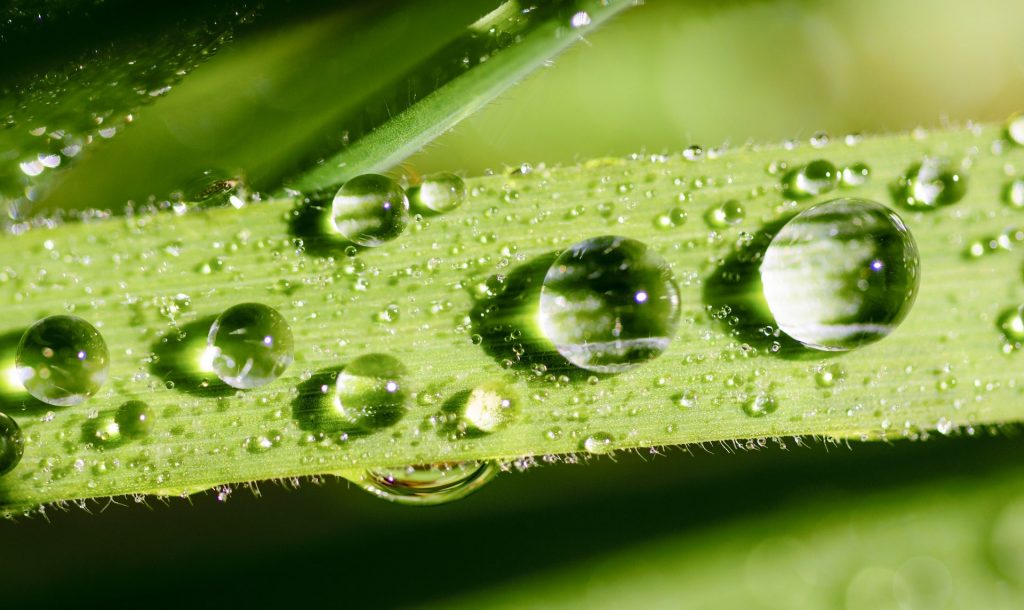
The main thing to think about when planning when to water your grass is what the weather’s like. Obviously, in the UK we need to water our lawn less, because there’s a lot of rain in many parts of the country.
Hot weather
When the weather is warm in summer, you want to water your grass in the morning. This allows your grass to soak up the water before it evaporates in the sun.
If you water your grass when the sun is at its hottest, more of the moisture will be lost into the air, rather than having time to soak into the ground.
In the summer, your lawn will need around an inch of water each week. If possible, it’s best to water more regularly, once every few days, rather than giving your lawn a single soak each week.
By leaving more time in between each watering, you give the roots more time to soak up the water they need. Delaying watering your lawn also allows you to reduce how much moisture the grass gets when it begins raining, so you can keep to the 1 inch per week target watering level.
Cold weather
If you’re experiencing extremely wet weather, you probably don’t need to water your grass.
However, it’s still important to water your grass in winter if it’s not getting enough rain.
Although your lawn will require less moisture in the winter when the weather is colder, you still want to ensure that it gets around half an inch each week – about half what it needs in the summer.
Therefore, you can water your grass less often in the winter – once every few weeks should be enough.
If you get frost, watering your lawn becomes less important. Your lawn will become dormant, and stop growing during the winter. The rain and frost should provide most of the water your grass needs.
When to water grasses in different soil types
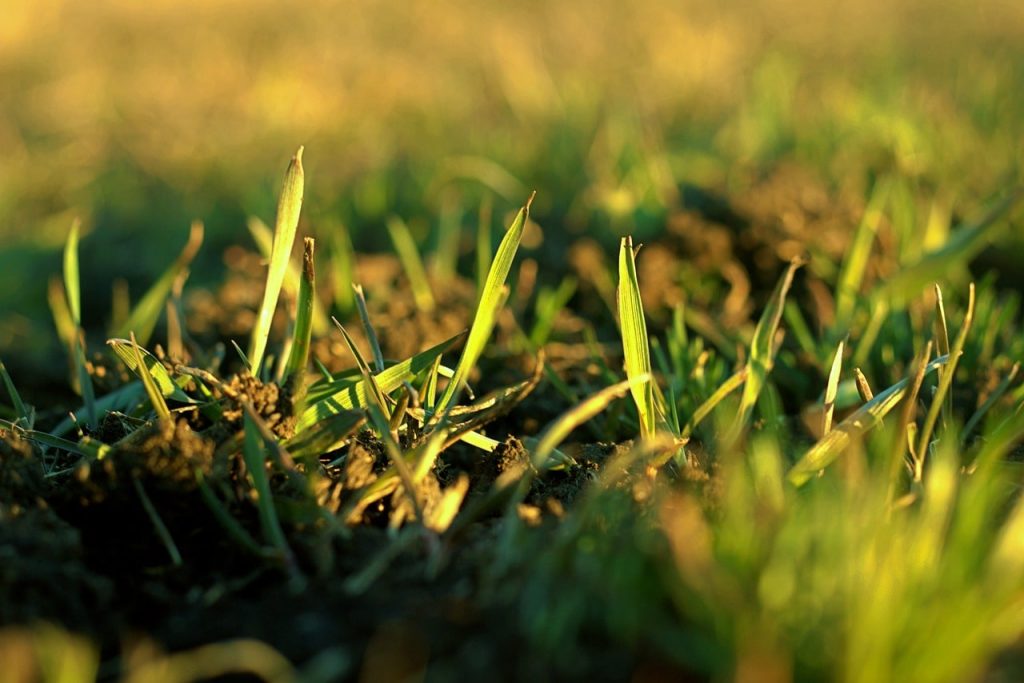
Different soil types retain moisture very differently. Therefore, your soil can also affect how you go about watering your grass.
Clay soils
Compared to normal loam-type soils, clay soils can retain their moisture very well. In fact, they can even become waterlogged after heavy rain, especially if your soil is very compacted.
Therefore, if you have soil with a high clay content, you will want to reduce how often you water your lawn if you notice it becoming waterlogged.
In dry periods you can water your lawn like normal, but be careful to restrict the amount of water you give your lawn when it has rained recently.
Sandy soils
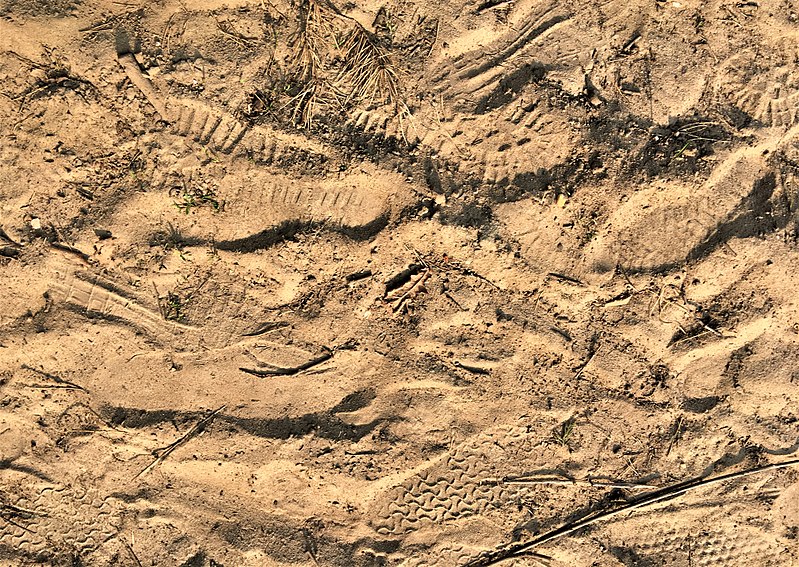
Sandy soils, as the name suggests, are more similar to beach sand than most other soils. When dry, these soils will flow through the fingers quite easily.
When your soil has a high sand content, it does not retain its water as well. Therefore, you want to water sandy soil grass more often than you would a regular lawn.
Like with clay soils, it’s still best to water sandy soils in the morning. However, sandy soils will require a little more water than soils with a high percentage of clay.
When to water new turf
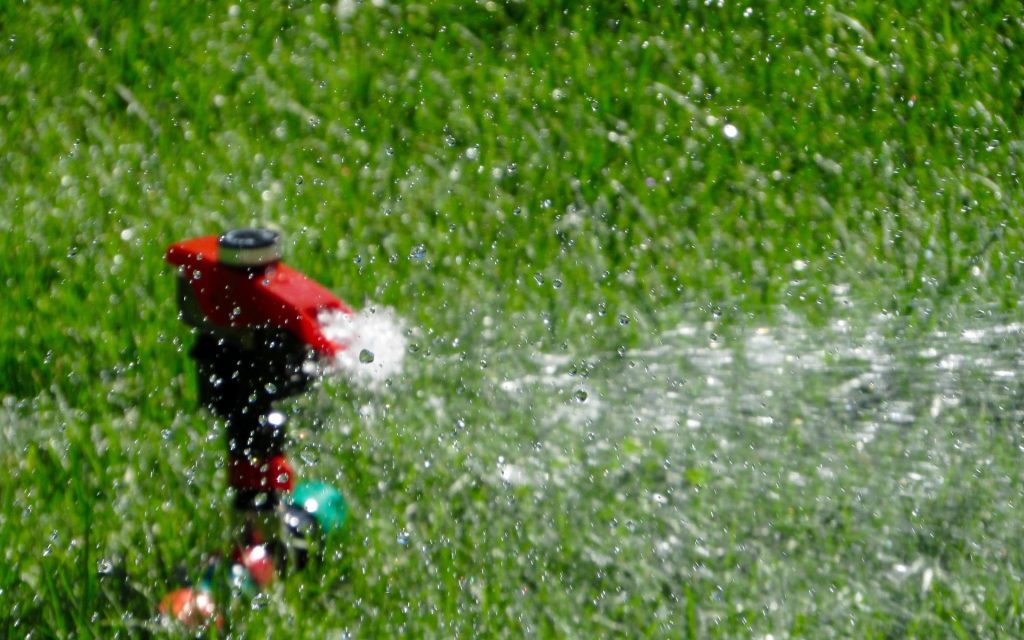
Watering new turf is a bit different to watering an established lawn. New grass will be more sensitive to moisture quantity so you need to be careful with your lawn watering.
After laying your new lawn, or spreading grass seed, you’ll immediately want to give it a good watering. For the first week, you should water your new turf once or twice a day, assuming it’s not raining much.
From a week in, it’s best to water your lawn 2-3 times per week, depending on how well it’s growing.
Some signs that your lawn needs more moisture include:
- Yellow/brown grass blades.
- Withering.
- Shrinkage of the turf you’ve laid.
- Lawn not springing back up after being stepped on.

I’m Josh, and I’m the head writer at Lawn Care Pro.
I love everything lawns, but I’m a bit of a lawn mower nerd. I spend a lot of my free time tinkering with mowers, and planning my mowing schedule for the next few weeks.
I’m also into cars, which comes in very helpful when servicing a mower engine!

